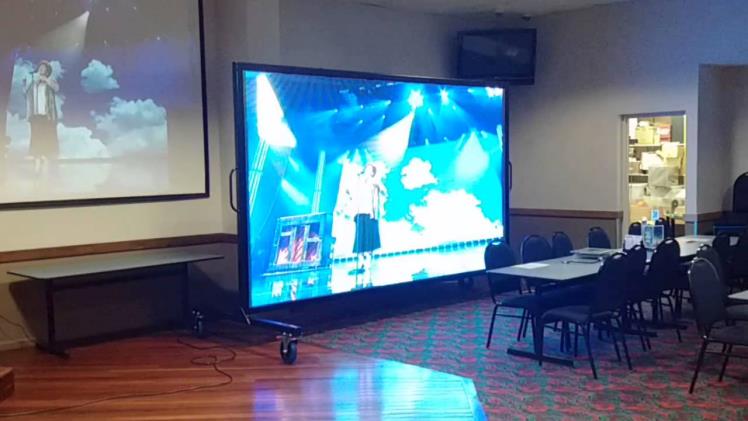If you are unsure about which projection device to use for your next meeting, it is beneficial to read this article, which will help you make a more informed decision. LED screens have numerous advantages over projectors. These advantages include size and brightness, as well as durability and cost. However, you must know that LEDs have several disadvantages as well. Here are some of them:
Cost
While the concept of projecting images on a screen has remained unchanged. The technology behind LEDs is new and impressive, and the official name for such displays is direct view LED display. The technology was first used in jumbo Tron screens, the precursor of Sony’s giant CRT scoreboards from the 1980s. Today, sports arenas have massive video boards that make use of LED technology. LED manufacturing has become more advanced and cost-effective in recent years, as manufacturing has reached economies of scale.
Furthermore, outdoor LED screen are incredibly durable. You can also count on the widescreen display to be highly visible during the event. The biggest difference between an LED screen and a projection system lies in the brightness. The LEDs used in a screen are much brighter than a projector, which requires a clear path and minimal ambient light to achieve the best image quality. However, the projection system’s bulbs will likely need replacement after a few years, costing thousands of dollars. Moreover, LED screens are designed to work at their maximum brightness for over 50,000 hours.
Another major difference between an LED screen and a projection system is size. While an LED screen costs about 20% less upfront than a projection screen, it can actually cost you more in the long run. This is because LED screens consume nearly twice as much energy as a projector, and thus require more space. They also require a space behind the screen where technicians can work easily. When choosing a projection system, make sure you have the space to accommodate the installation crew.
Wall rental
LED screens can cause a number of image artifacts. While these effects are not visible to the human eye, they can be seen by the camera. Hence, it is important to plan the event well in order to avoid unwanted effects. A high refresh rate LED screen can help prevent tearing and splashing. The video wall can be controlled by an LED controller. A video wall rental company will advise you on the best settings for your event.
Size
One of the key differences between an LED screen and a projector is the pixel pitch. LED stands for light-emitting diode. Each LED consists of multiple light-emitting diodes attached to modules. LEDs require different tiles and modules to produce higher-resolution images, so the resolution is much higher with LEDs. However, the higher the pixel pitch, the more delicate the pixels and the more expensive the system.
LED screens are larger and often require more space than a projector. The difference in size between a projector and an LED screen is significant, as LEDs are not thin enough to be hung from the ceiling. They often require a support structure several feet deep and a separate weight to stabilize them. These differences make it important to give technicians space to work behind a screen when mounting it. In addition, LEDs are bulky and require large amounts of space, a space that will easily accommodate the technician and stow able ballast.
LED video walls are an excellent option for events. They are light weight and feature a thin structure, which makes them easy to install and move. Moreover, they are fully framed and meet LED screen hire requirements. You can even customize the screens with touch points and gesture recognition software. You can also add custom audio and high-performance speakers for an enhanced audio experience. With a video wall rental, you’ll be able to show off new products with ease.
Durability
When comparing the durability of an LED screen to a projector, LED screens are an excellent choice. While projectors require regular cleaning of internal components, LED screens can last much longer. LED wall panels require minimal maintenance and are typically simple to repair with basic tools. Additionally, many manufacturers offer technical support and free technical consultations. While an LED screen costs more than a projector, it is worth it for the long-term value of the product.
LED screens are also easier to set up and require less maintenance than projectors. There is no need for projection-screen alignment and no shadow interruptions. Compared to a projector, an LED panel will require very little space. Additionally, LED panels can be easily swapped out when they begin to show signs of wear and tear. They also require no service, allowing you to swap them out in just a few minutes.
Remarks
In addition to their lower cost, LED screens are also more durable than projectors. LED panels can last up to seven years in a medium-quality environment, while projectors can only last about three years. Since LED screens emit light and heat in one concentrated location, they are also less susceptible to ambient light. Projectors can also become dull with time, which can make the picture look less vivid and faded.

